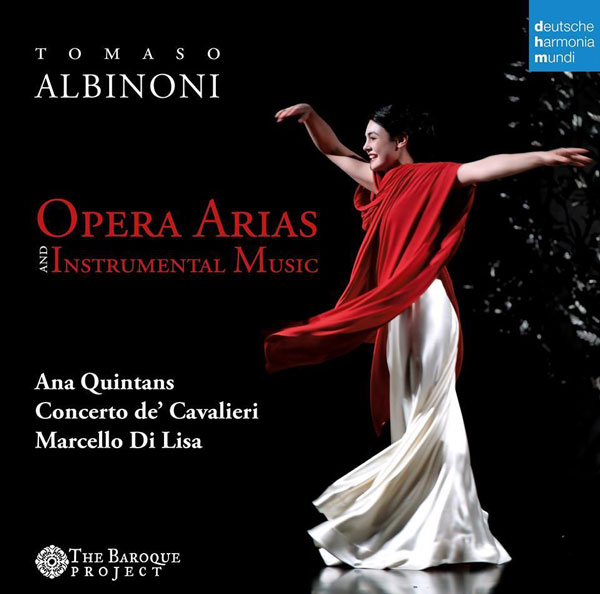2015
September 9, 2015 | Review on Gramophone
ALBINONI Opera Arias and Instrumental Music
Posterity has been kind to the various concertos of the Venetian dilettante Albinoni (1671 1750/51) published in his lifetime, but his prolific activities as a composer of vocal music are scantily preserved.
 He composed at least 50 full-scale operas but only Zenobia and Statira survive in complete form (there is also a complete score of Engelberta, composed jointly with Gasparini). Otherwise only fragments survive. It is therefore with justifiable pride that Concerto de’ Cavalieri’s anthology claims to be ‘a unique experience, since for the first time in recording history we have a complete overview concerning Albinoni as an opera composer’.
He composed at least 50 full-scale operas but only Zenobia and Statira survive in complete form (there is also a complete score of Engelberta, composed jointly with Gasparini). Otherwise only fragments survive. It is therefore with justifiable pride that Concerto de’ Cavalieri’s anthology claims to be ‘a unique experience, since for the first time in recording history we have a complete overview concerning Albinoni as an opera composer’.
The recital’s opening gambit is the lively sinfonia from Albinoni’s first opera Zenobia (Venice, 1694), and another splendidly rousing racket is made in the battle aria ‘Vien con nuova orribil guerra’ from Statira (Rome, 1726); Ana Quintans’s brilliant singing proves a match for the splendid trumpet obbligato and rattling timpani. In contrast, there are melodic sweetness and concertante strings in ‘Quel sembiante e quel bel volto’ from L’incostanza schernita (Venice, 1727), and a reconstructed solo flute part makes a lively contribution to ‘La mia sorte vo’ conoscere’ from Le gare generose (Venice, 1712). Lasting just under an hour, this whistle-stop tour of Albinoni’s operatic output across nearly 40 years concludes with the amiable aria di tempesta ‘Doppo tetra e tenebrosa’ from Ardelinda (Venice, 1732). There are a few musicological errors in Mario Marcarini’s booklet-note and it is not mentioned that arias attributed to Albinoni in a Neapolitan manuscript of Eraclea (Genoa, 1705) are probably spurious. Concerto de’ Cavalieri’s boldly committed playing, Di Lisa’s energetic conducting and Quintans’s stylish singing reveal Albinoni’s talents for musical invention and tunefulness. I have only one caveat: the acoustic at Rome’s Parco della Musica has a peculiarly brittle springiness.
